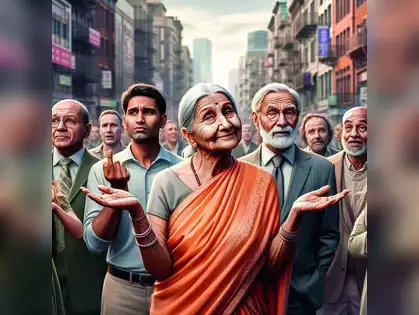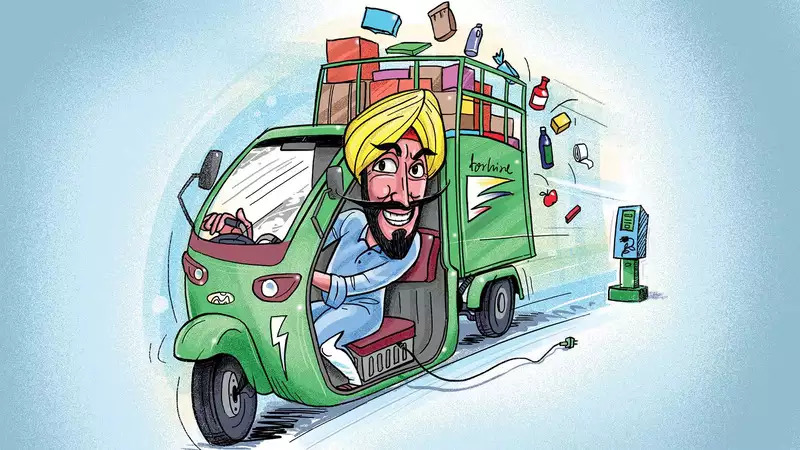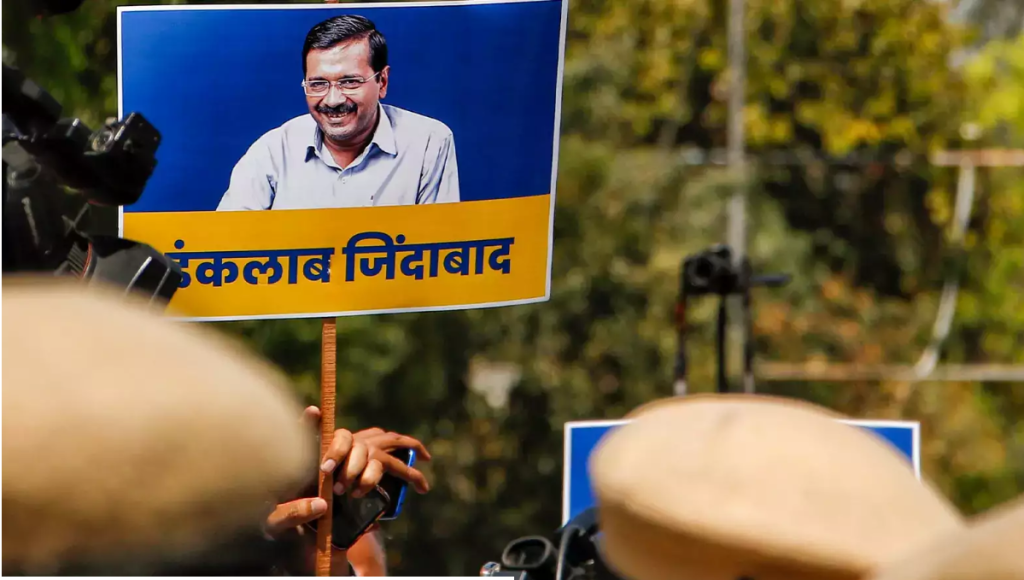Astrologers remain in high demand no matter how often they are proved wrong. That’s true of the media too. Those who failed to analyse or predict voter behaviour before the Delhi election were holding forth the next day on the implications for future elections.
In the general election nine months ago, the BJP won as comprehensively in Delhi as Kejriwal did this time. Then too the scale of victory was massive, so pundits drew all sorts of lessons that Kejriwal must learn from Modi. Kejriwal didn’t, yet swept all before him this time.
Let’s view together all three recent elections in Delhi — the state election in December 2013, the general election in May 2014 and last week’s state election. An overarching view shows it’s a mistake to analyse outcomes in a Kejriwal-vs-Modi framework. Far from being polar opposites, they have key similarities. That’s why voters have gone for both of them within a short period. Indeed, many voters told the media that they would vote for Modi in the general election and Kejriwal in a state election.
Both are widely seen as strong leaders who will end the old corrupt politics and deliver good governance. Both are admired as alpha males who act swiftly and decisively (and so are also called authoritarian and dictatorial). Both are crowd pleasers and charismatic spinners of dreams. But the media has highlighted their many differences much more than their similarities.
Some analysts say the results prove that Modi can be stopped. Whoever said he was unstoppable? Modi has won several state elections, but generally polled far fewer votes in state elections than in the general election. He has also lost a string of byelections. Voters can switch loyalties with lightning speed. Both Modi and Kejriwal will face major challenges in getting re-elected — they have raised expectations to impossibly high levels.
Many analysts have tried to fit their election analyses into their old ideological frameworks. Some claim the poor have triumphed, since Kejriwal won a higher vote share in the poorest colonies. But he swept the rich colonies too. Besides, the proportion of Delhi citizens under the poverty line is close to zero, so the poor in the national sense were irrelevant in the Delhi election. You can redefine any group as “poor” but that is just spin.
Some analysts say the Delhi result was a victory for the downtrodden masses over the corporations represented by Modi. If so, why did the same people vote massively for Modi just nine months ago, shrugging off Kejriwal’s constant claims that Modi was a proxy for the Ambanis and Adanis? Ditto for the notion that voters have suddenly voted massively against Hindutva and for secularism. Ditto for the notion that the people have voted for subsidies against economic development. All these Modi-versus-Kejriwal narratives fail. What stands up much better is the Modi-plus-Kejriwal narrative: voters want both.
Disclosure: I made an election donation to the AAP last May. Yet I am less excited this time than when AAP narrowly failed to get a majority in the last assembly election in 2013. At that time, it seemed possible that the AAP experiment could be replicated in cities across India, changing the whole national discourse. Alas, AAP failed disastrously to do so in the general election. It failed again in the state election in Haryana, right next to Delhi. Clearly, its appeal is only regional. So, its victory, though big, will have little national fallout.
Hence, there is not the slightest reason for the BJP to change economic course. Some analysts think the election result will make the BJP veer towards subsidies and away from economic reform. That’s false logic. Yes, Kejriwal has promised new water and electricity subsidies. But he told the Economic Times that, as a bania himself, he knows how to avoid running at a loss. Subsidies are perfectly acceptable to reformers provided they are kept within fiscal limits and properly targeted, reducing waste and corruption.
Modi is not anti-subsidy. He seeks to target them better through cash transfers, slashing leakages. That is economic reform too.
The real threat Modi faces is the difficulty of making good his promise to provide millions of jobs to aspiring youths. That requires a booming economy with a minimum of red tape. That will help every street hawker, shopkeeper and small businessman no less than the salariat or big business.
The last economic boom created record wealth, and also reduced poverty by a record 138 million people between 2004 and 2011. So, the notion that rising corporate profits impoverished the masses was Marxist nonsense.
Indeed, the last economic boom helped the UPA win re-election in 2009. That’s a greater lesson for Modi than anything from the Delhi election.




